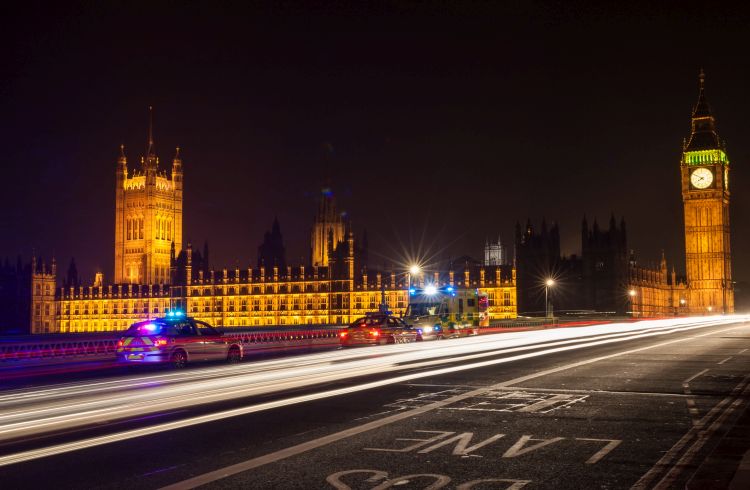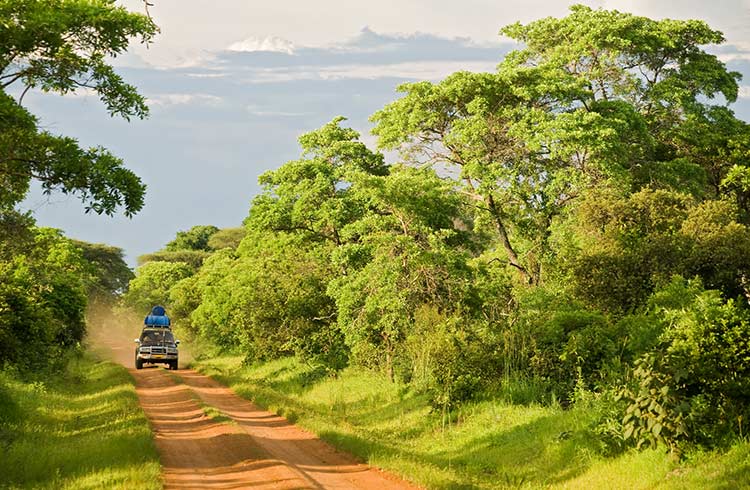Natural Disasters in the Democratic Republic of Congo
Volcanoes, earthquakes and landslides in the DRC. Find out how to stay safe if a natural disaster happens while you're there.
 Photo © Getty Images/Natalia Gosciniak
Photo © Getty Images/Natalia Gosciniak
Not only do you have to watch out for crime on the streets in the Democratic Republic of the Congo, but also volcanoes and earthquakes that may cause natural disasters while you're there.
Be prepared for the worst and keep an eye on the news to see is seismic activity is taking place before you go, as many towns here are built on the slopes of volcanoes.
Volcanoes in the DRC
Volcanic eruptions don't happen often, but they can happen every few years in the Democratic Republic of Congo.
Nyamuragira is Africa's most active volcano, located about 15mi (25km) north of Lake Kivu which shares the border with Rwanda to the far east.
The reason tourists may get caught here in the Virunga Mountains is because many people visit to see the wildlife that exists on the slopes of these mountains. Thick jungle grows in volcanic regions, and some of the Congo's famous primates also live in these regions. This draws plenty of visitors to the area.
There are tours that take travelers up the slopes to see the crater of Nyiragongo volcano, but do your research to find a reliable, responsible tour operator before you go.
If the volcano has erupted, don't even think about going there. Flowing lava adds another element to the sort of danger you'll face in the Congo.
Earthquakes in the DRC
The DRC is located in an earthquake-prone area.
A 5.9 magnitude earthquake caused damage to properties and injured many people in the towns of Bukavu and Goma in February 2008. In 2016 there was a 4.8 magnitude earthquake that killed six people in Bukavu.
While earthquakes are rare, just know that accommodation in the Congo isn't built to withstand earthquakes.
Quakes in the Congo shouldn't be taken lightly – large tremors can shake the whole of East Africa. The earthquake in 2008 saw tremor reports in Kenya, Uganda, Rwanda and Tanzania.
Wet season in the DRC
While volcanoes and earthquakes are the main natural disasters to watch out for, there are some more common problems that you should be aware of.
The rainy season runs from April to October in the north and November to March in the south. Landslides and flooding may occur during these months, which can affect transport and your ability to travel around the country.
Landslides are common here, so watch out for areas that have recorded a lot of rain. Monitor the weather online, or stay up to date during wet season months before setting out on a long-distance adventure.
The DRC also straddles the Equator, with one-third to the north and two-thirds to the south. As a result of this equatorial location, the Congo experiences large amounts of precipitation and ranks as a location with the highest frequency of thunderstorms in the world.
In the event of an earthquake, volcanic activity or other natural disaster in the Democratic Republic of the Congo, follow the advice of local authorities.
Related articles
Simple and flexible travel insurance
You can buy at home or while traveling, and claim online from anywhere in the world. With 150+ adventure activities covered and 24/7 emergency assistance.
Get a quote

1 Comment
But Luis, will he arrive before or after Santa Claus and the Easter Bunny? That's the real question!